At Kultiva, we’re striving to create sustainable industries by using practical applications of biotechnology. Here are some of our current projects.
Our clients include innovative entrepreneurs and leaders from across the globe- if you’ve got an idea for a project, we’d love to hear from you.
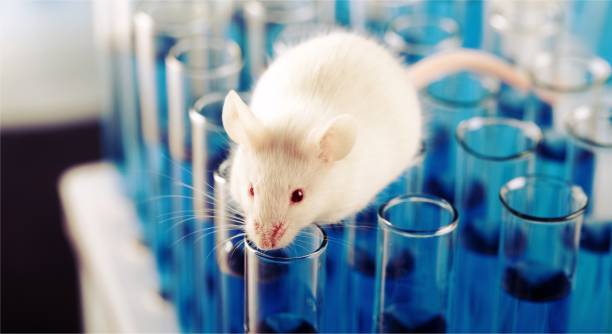

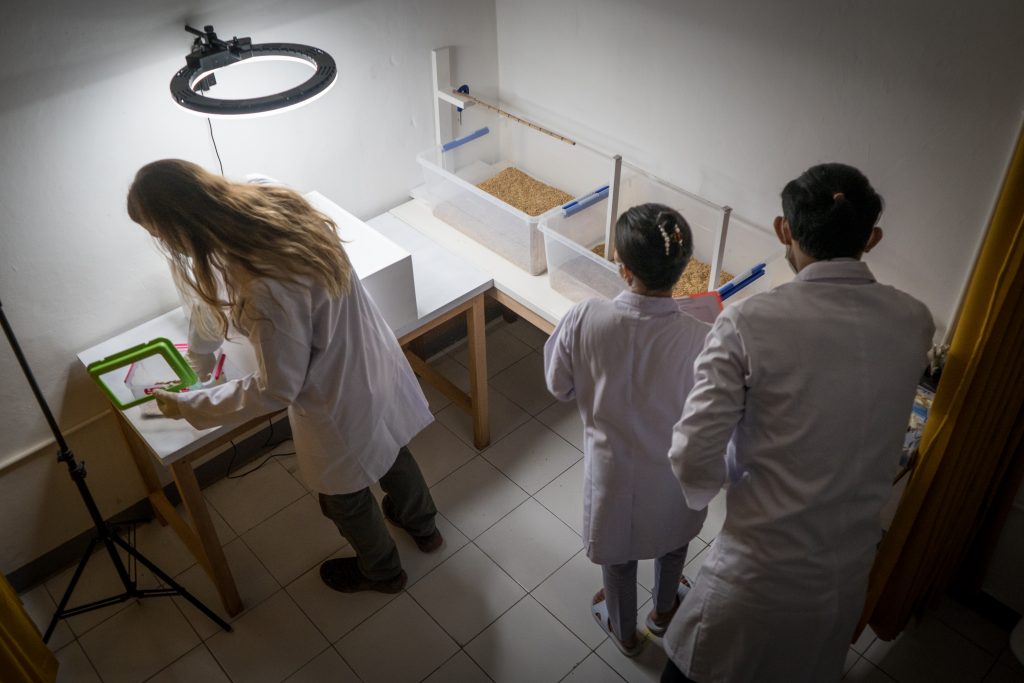
These are exciting times for the science of longevity.
Research on life extending gene therapies has exploded in the last few years, and has had major breakthroughs in measuring and improving healthspan. Studys predict that the market for this research and development will reach $600 million by 2025.
Longevity is the science-based effort to extend our natural human lifespan by curing the root causes of ageing and disease. This may include incremental increases through modest advances, but it might also involve radical treatments that allow human beings to live hundreds, or someday even thousands, of extra high-quality years. The science of “Ageing Clocks” allow us to predict the relative age of different parts of the body by comparing the predicted age to the chronological age.
Our scientists are currently working with clients to develop and test cutting-edge anti-aging and life-extending genetic technologies. Our work involves humane research with mammalian DNA—conducted in our safe, fully certified research facility in Bali, Indonesia. Our work has focussed on:
Klotho Gene Therapy– Klotho is a protein naturally found in the human body, although more than 75% of people have far below optimal levels. With more klotho in your body, the therapy extends lifespan by 20-30%, inproves cognition, and significantly decreases the risk of dementia. Our in-house therapy works by add in new genes that show your cells how to produce the klotho naturally inside your own body.
Our current therapies have proven to provide a 50-100% increase in klotho levels for at least 6 month, and upcoming research will increase that to 5 years.
Cartilege Regrowth- Regrowing the cartilege growth plates in the joints to provide pain free mobility in old age or after injury
AGE degradation– Advanced Glycation endproducts accumuklate in the skin and organs over time and lead to inflammation and premature ageing. Our recombinant enzymes help to breka these down and regain healthy function of these tissues
Snake bites cause as many as 138,000 deaths around the world according to the World Health Organization (WHO), and nearly three times that many amputations and other permanent disabilities each year.
The trouble with traditional antivenom (made from animal plasma) is that it’s expensive and time-consuming to produce, difficult to transport to remote regions, and challenging to administer. Kultiva is providing the research that will help Venomix, an antivenom company, create a plant-based alternative that could:
Plant-based antivenom (or plantivenom) is an alternative to traditional antivenom, which uses antibodies produced by animals to treat venomous snake bites. For over a century, antivenom has been produced by building immunity in animals (often horses), which means collecting their blood and purifying the serum.
Plantivenom, on the other hand, uses plants to express and produce recombinant antibodies, or plantibodies, with high production yields
Producing and distributing animal-based antivenoms are costly, so much of the world’s population simply doesn’t have access to it. Producing more affordable plant-based antivenom could greatly reduce the number of deaths and permanent disabilities caused by snake bites.
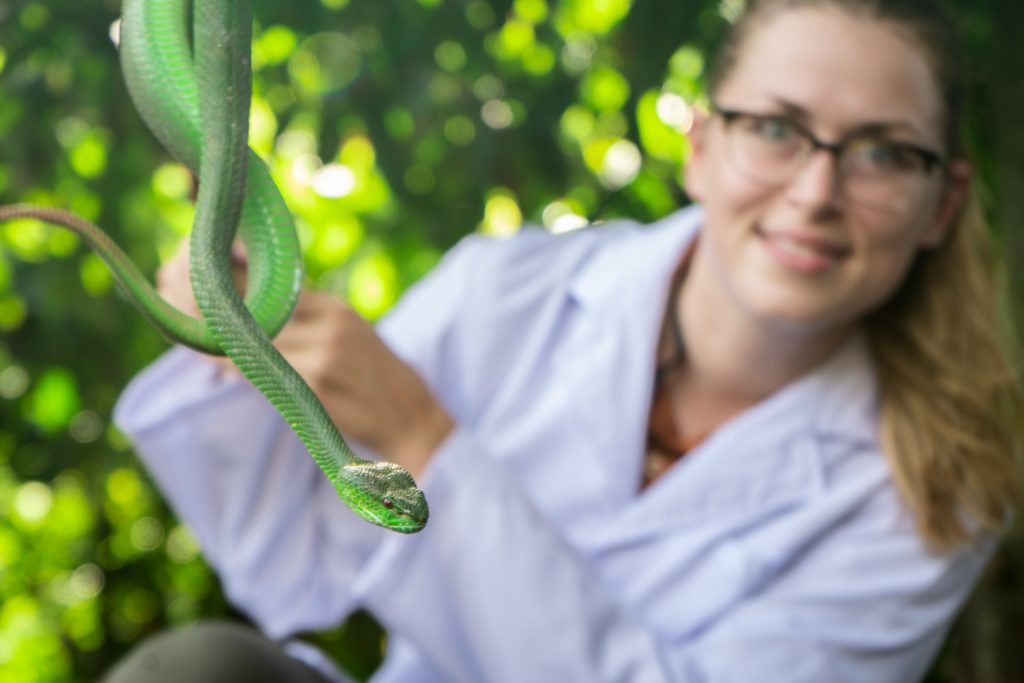
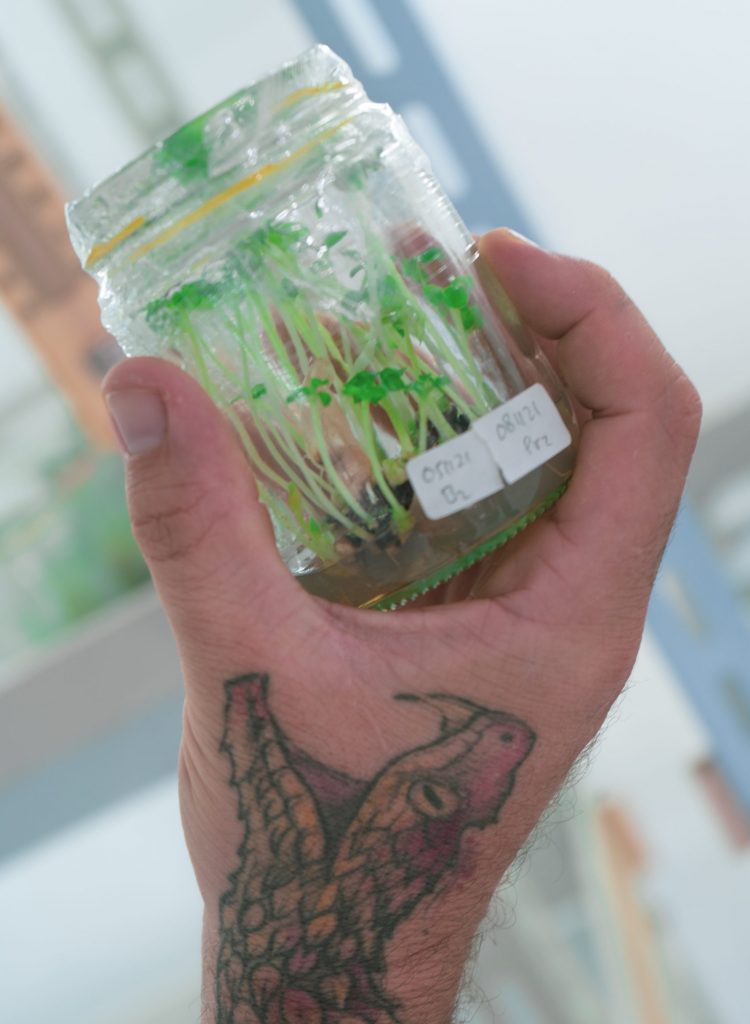
We maintain active tissue culture laboratory for agriculturally important crops in our area of indonesia, including vanilla, konyac, potato, and several banana varieties and are prepared for large scale projects. We work extensively with local farmers to determine how best to meet their needs, and it is important to us to always maintain a relationship with farmers and farming communities, so that we can know how best to implement the wide variety of genetic technologies available today.

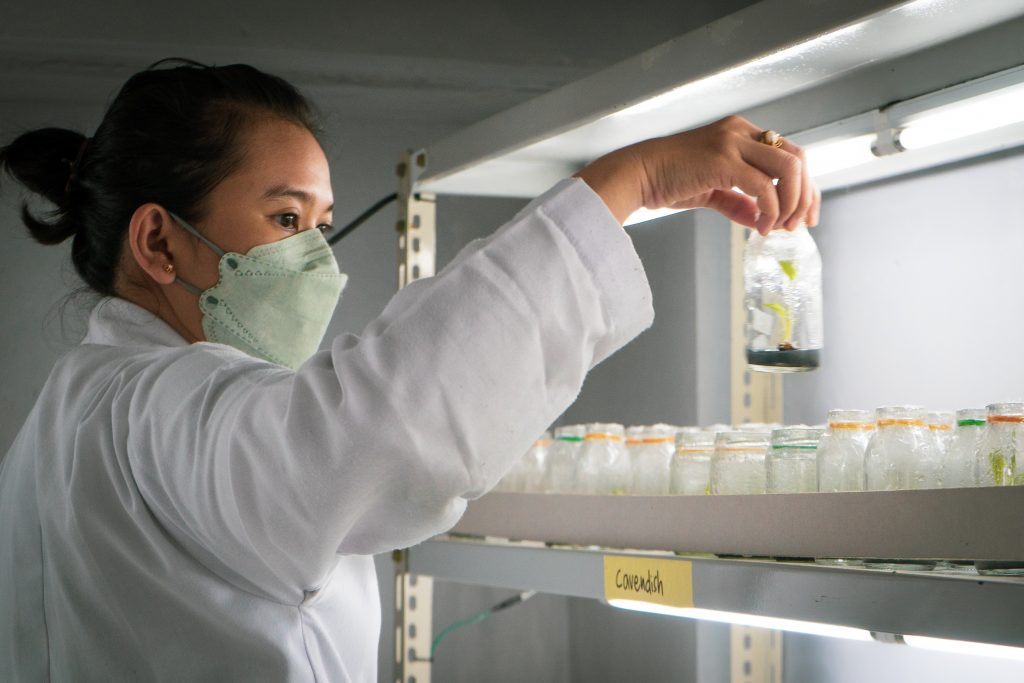
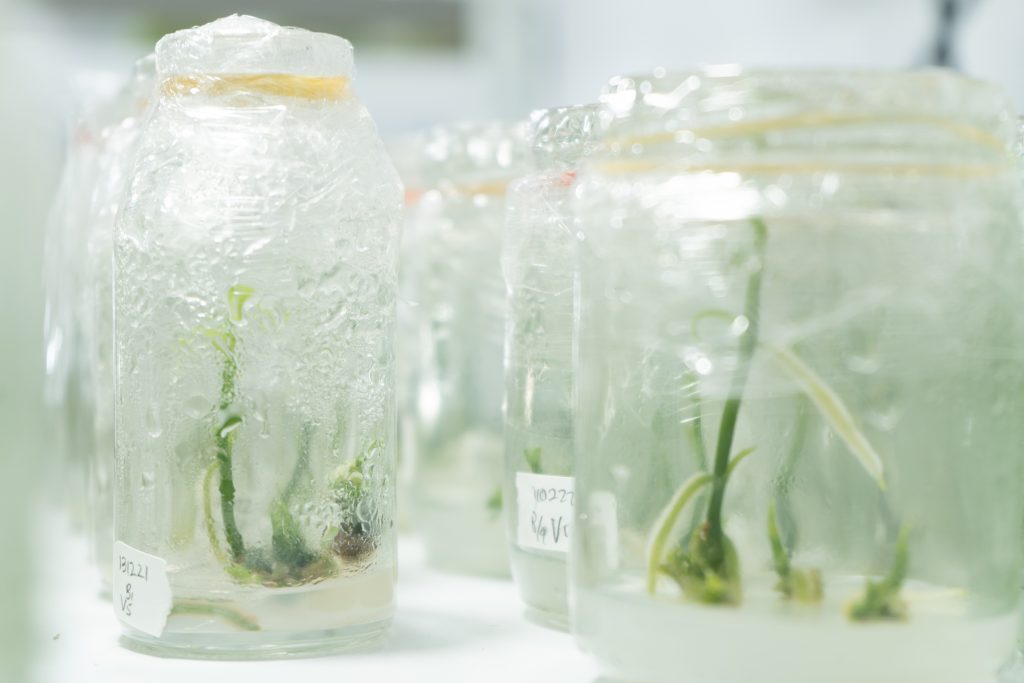
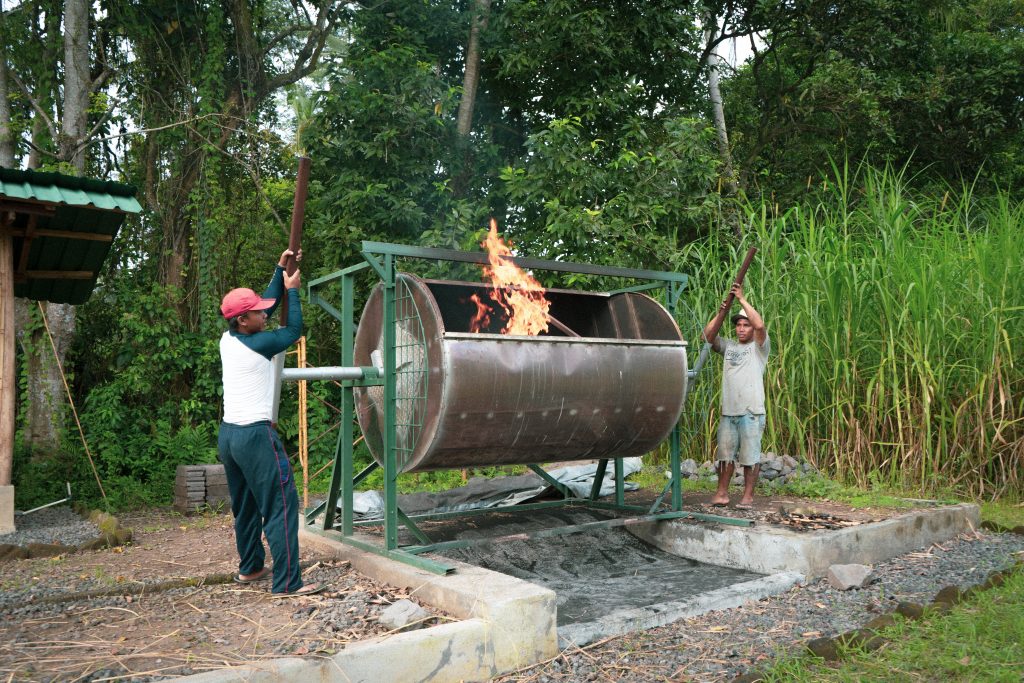
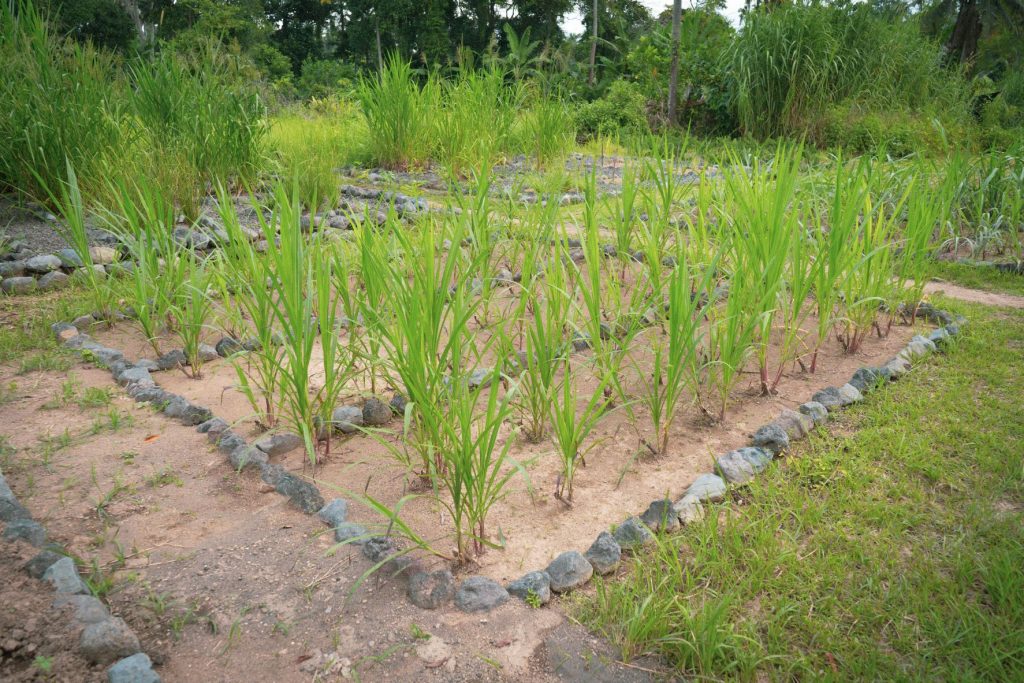
Atmospheric Carbon Dioxide (CO2) has reached a record high of 417.25 parts-per-million, driving global temperatures toward the breaking point.
Fighting climate change requires a multi-pronged approach, and one promising technique employs Genetic Technology (GenTech) to achieve carbon biocapture.
Carbon biocapture is a technique that involves breeding and genetically optimizing the world’s fastest-growing, most carbon-hungry plants. These plants capture high volumes of atmospheric CO2, which is then converted into a stable form of carbon called biochar. When biochar is returned to the soil, it helps improve the nutrient capacity and biodiversity of the soil.
Kultiva is designing a number of “carbon crops”—hardy species of the worlds fastest growing grasses, trees, and succulents that can capture large amounts of CO2 year-round, in some of the world’s poorest soil.
Once these plants convert CO2 into biomass, they are harvested and converted into a stable form of carbon called “biochar,” which is added back to the earth. The biochar amended soil can then hold more nutrients, water, and beneficial microorganisms. This cycle allows us to capture carbon even more productively, and we can eventually transition the land into a biodiverse agroforest.
The result? Cleaner air and fertile soils that allow for even more productive carbon farming on otherwise marginal lands.
Scientists at our facility work to culture these hardy species of carbon crops in vitro, optimizing their biomolecular processes—photosynthesis and metabolism—to make the conversion of CO2 into biomass as efficient as possible.
This increases each plant’s growth rate anywhere from 30-70%, which means we’re creating the most efficient CO2 capture machines anyone’s ever known—and the fastest-growing plants the world has ever seen.
We do this by drawing from genetic traits that nature has already selected, combing optimal branches from the tree of life and fusing them into new species.
We ensure biosafety by working primarily with sterile plants. Since they’re unable to reproduce, we can test them in the field without unleashing an invasive species on the world.
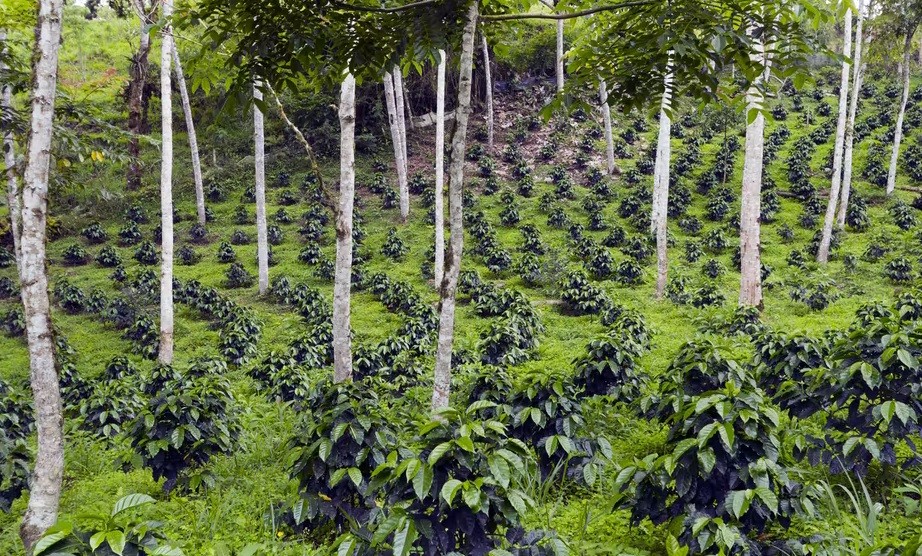
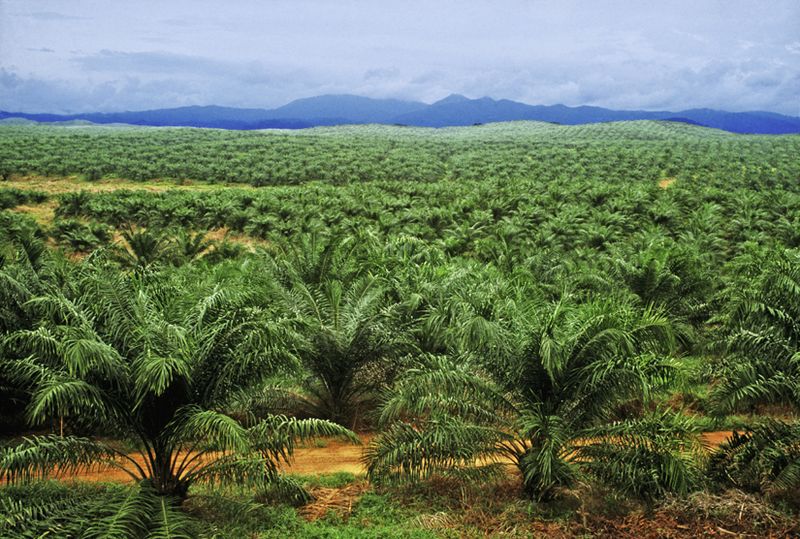
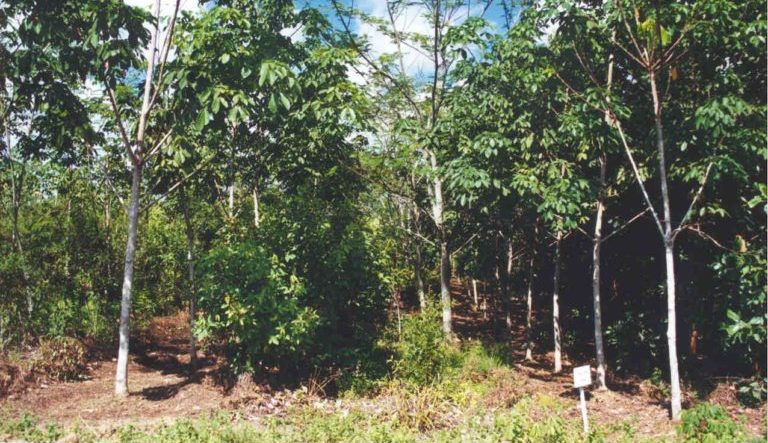
The world has lost more than a billion acres of forest since 1990—an area of land 23% larger than the country of India—and the vast majority of that loss is taking place in tropical rainforests. Deforestation affects the lives of everyday people in developing and emerging economies by depleting their natural resources. It also impacts biodiversity and climate change.
Kultiva is working to support those who rely on the renewable resources derived from these forests and reverse the ecological impacts of deforestation. That’s what agroforestry is all about.
Enhanced agroforestry is the use of genetic technology to increase the growth of productive crops found in forests, such as lumber, palm oil, and nuts. With help from a team of trained scientists, agroforests can provide sustainable economic value to locals and support biodiversity in the same way a natural forest would.
Kultiva is using genetic techniques to increase productive crop growth by 15-75% while increasing local biodiversity.
Just as natural selection favors genes that support the survival of individual organisms and the ecosystems where they thrive, we borrow genes from plants that have already figured out how to grow in the earth’s changing conditions.
There are specific genes that allow even slow-growing, delicate plants to:
Agroforestry, when done right, provides a sustainable source of renewable resources to locals—boosting the economy year after year. It also introduces plants that produce abundant flowers and seeds, creating a forest habitat that brings back the animals and pollinators that give the forest life.
It’s all possible through safe and effective implementation that minimizes the risks of propagating invasive species, and it’s one of the most effective tools we have to fight climate change.
In fact, one study suggests that increasing tropical rainforest coverage alone could deliver 23% of the climate mitigation required to meet the goals of the Paris Climate Agreement within the next decade.
Agroforestry also helps ensure that these forests are maintained indefinitely, since they provide a direct economic benefit to indigenous peoples. Indigenous cultures have become the custodians of earth’s last remaining tropical forests, and agroforestry helps empower and preserve these ancient civilizations.
Jl. Raya Mawang, Lodtunduh, Kecamatan Ubud, Kabupaten Gianyar, Bali 80582
diego@kultiva.bio
Sign up our newsletter to get the latest updates from our lab